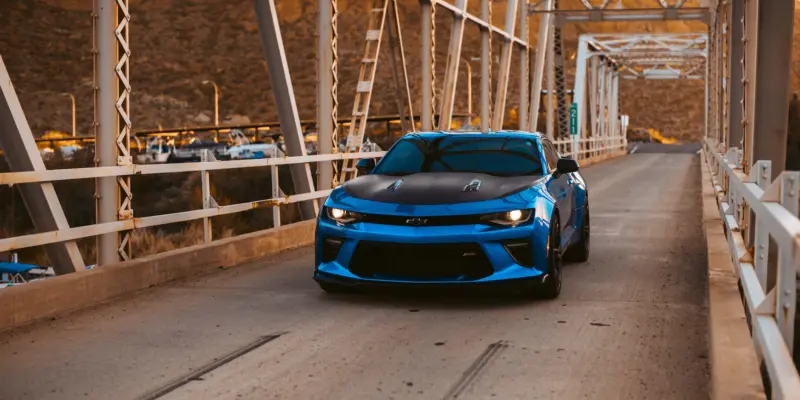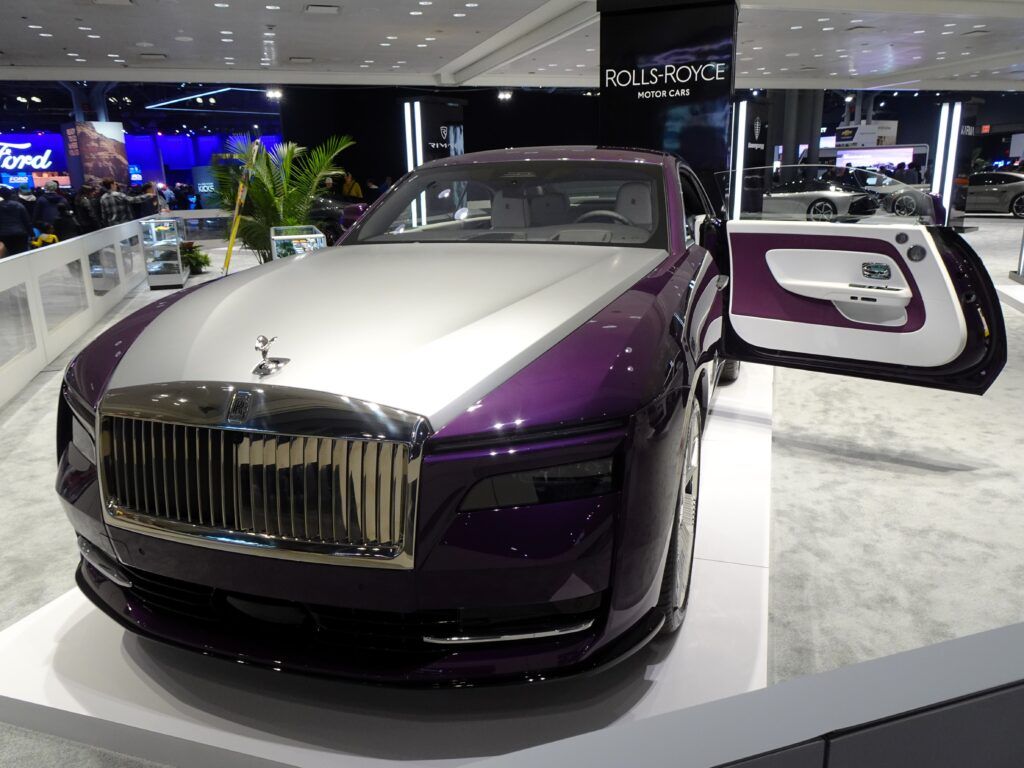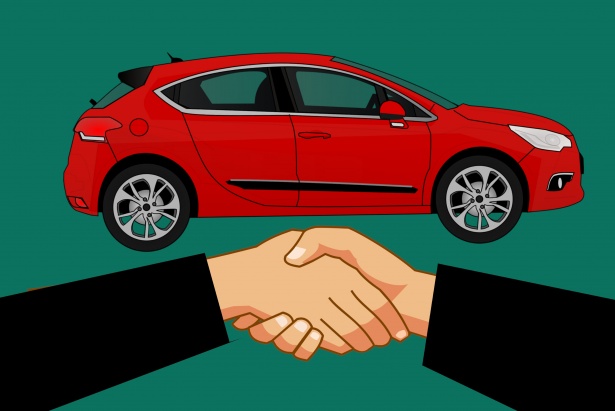
When embarking on the journey of purchasing a new vehicle, the initial sticker price, exhilarating performance figures, and a dazzling array of features often capture our immediate attention. However, seasoned automotive enthusiasts and financially savvy buyers understand that the true cost of ownership extends far beyond the showroom floor. A critical, often underestimated, factor that significantly impacts your long-term automotive expenses is resale value.
Depreciation, the silent thief of automotive wealth, begins its work the moment a new car leaves the dealership lot. While some vehicles plummet in value, others demonstrate an impressive resilience, retaining a substantial portion of their original worth over years of ownership. This stark difference can translate into thousands of dollars saved, offering a larger down payment for your next vehicle or simply more money remaining in your pocket when it’s time to sell or trade in.
For years, the conventional wisdom suggested that only exclusive luxury marques could truly hold their value. Yet, as comprehensive studies from experts like Kelley Blue Book and iSeeCars reveal, this notion is increasingly challenged by a surprising cadre of mainstream vehicles. These everyday heroes, through a potent combination of reliability, sustained demand, and practical appeal, are not just competing with but, in many cases, outright *surpassing* the value retention of numerous high-end luxury brands. We’re here to shine a spotlight on these remarkable machines that offer exceptional long-term financial benefits.
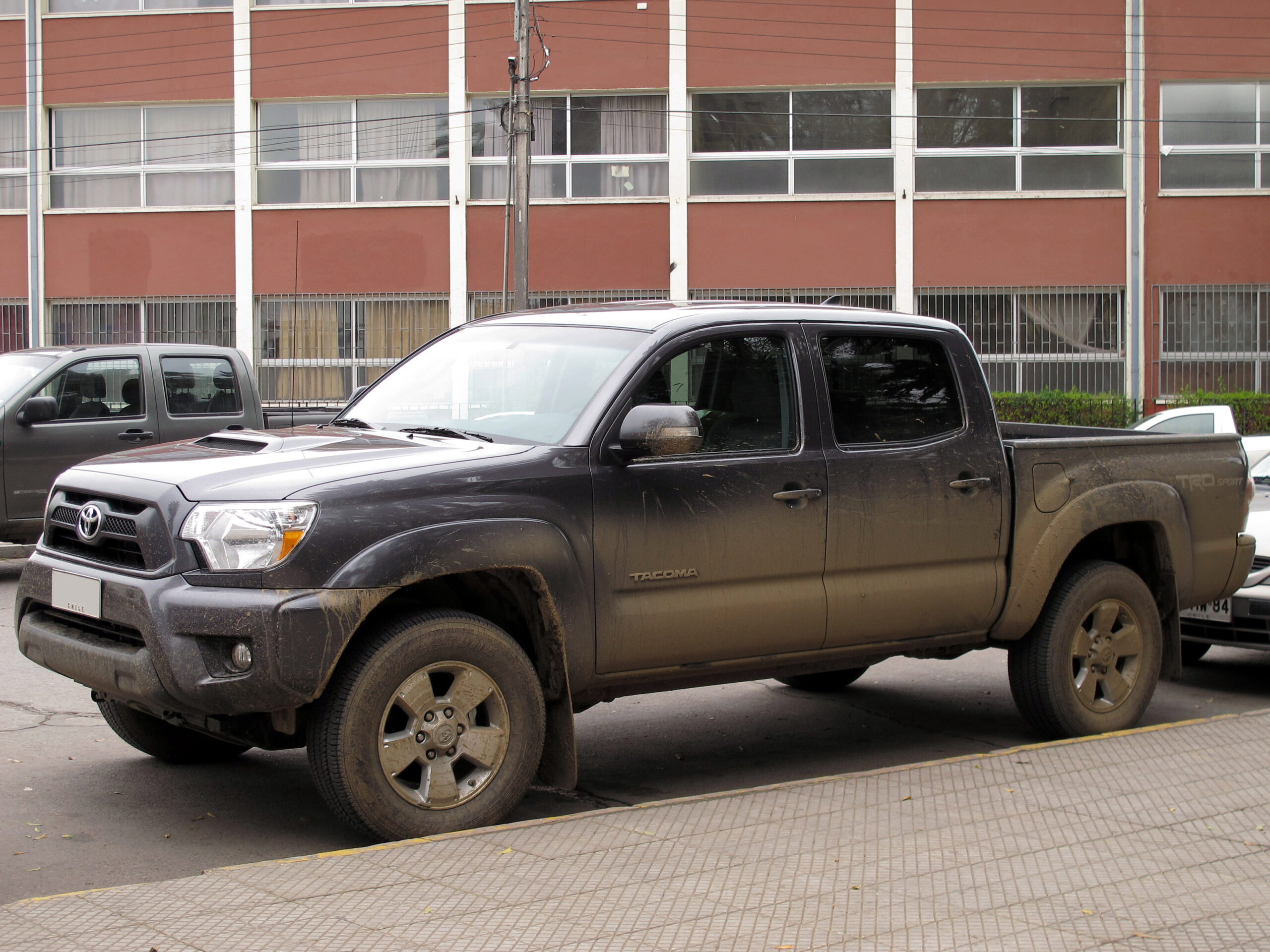
1. **Toyota Tacoma**
Leading our charge with an impressive 5-year depreciation rate of just 26.0%, the Toyota Tacoma stands as a testament to the enduring appeal of a well-engineered midsize pickup. This figure is particularly striking when considering the industry average depreciation of 45.6% and the staggering 57.3% average for large SUVs, many of which carry luxury badges. The Tacoma’s performance is not a fluke; it’s a direct reflection of its formidable reputation and unwavering market demand.
Toyota’s midsize truck dominates its segment with what the context describes as “unmatched reliability and off-road capability, keeping resale high.” This isn’t just marketing speak; it’s a proven track record that makes the Tacoma a preferred choice for adventure seekers, tradespeople, and anyone needing a dependable, rugged companion. Its robust construction and proven drivetrain components mean it can withstand years of hard work and play, minimizing unexpected repair costs for subsequent owners.
Beyond its sheer toughness, the Tacoma’s appeal is broadened by its thoughtful design and a variety of configurations. Offering popular TRD off-road trims, complete with skid plates and all-terrain tires, it caters directly to enthusiasts looking for genuine capability. Its “compact size makes it easier to maneuver than full-size trucks,” providing a practical balance that resonates deeply with a wide spectrum of buyers, solidifying its position at the pinnacle of truck value retention.
This blend of segment dominance, legendary reliability, and tailored features ensures that the Tacoma consistently features at the very top of resale value rankings. When many luxury SUVs are shedding over half their value, the Tacoma staunchly holds its ground, offering owners peace of mind and significantly lower overall ownership costs.
Car Model Information: 2019 Toyota Tacoma TRD Off Road
Name: Toyota Tacoma
Caption: 2020 Toyota Tacoma TRD Off-Road
Manufacturer: Toyota
Production: January 1995 – present
ModelYears: 1995–present
Class: unbulleted list
Layout: Front-engine, rear-wheel-drive layout
Predecessor: Toyota Hilux (N80)
Categories: 2000s cars, 2010s cars, 2020s cars, All-wheel-drive vehicles, All Wikipedia articles written in American English
Summary: The Toyota Tacoma is a pickup truck manufactured by Japanese automobile manufacturer Toyota since 1995. The first-generation Tacoma (model years 1995 through 2004) was classified as a compact pickup; subsequent models are classified as mid-sized pickups. The Tacoma was Motor Trend’s Truck of the Year for 2005.
As of 2015, the Tacoma was sold in the United States, Canada, Mexico, Costa Rica, Bolivia, Bermuda, and the French overseas collectivity of New Caledonia. Most markets across the world receive the Toyota Hilux in lieu of the Tacoma.
The name “Tacoma” was derived from the Coast Salish peoples’ name for Mount Rainier in the U.S. state of Washington.
Get more information about: Toyota Tacoma
Buying a high-performing used car >>>
Brand: Toyota Model: Tacoma
Price: $30,399 Mileage: 107,081 mi.
Read more about: Unleashing the Powerhouses: The 8 Best Midsize Pickup Trucks of 2026 for Superior Towing Performance

2. **Chevrolet Corvette**
Shifting gears to a different breed of vehicle, the Chevrolet Corvette demonstrates that performance and value retention are not mutually exclusive, even for a non-luxury sports car. With a 5-year depreciation rate of 27.2% for the Coupe variant, the Corvette impressively secures its place among the elite value holders. This figure positions it ahead of many luxury performance cars that often suffer steep depreciation curves.
The Corvette’s consistent ranking is noted in the iSeeCars study, which highlights that “sports cars and small SUVs… dominate the top 25 rankings for cars that retain value.” What makes the Corvette unique is its ability to deliver world-class performance and an iconic driving experience at a price point that significantly undercuts many of its European luxury rivals. This combination creates a potent demand in the used market, where enthusiasts eagerly seek out well-maintained examples.
Known as America’s sports car, the Corvette embodies a legacy of innovation and accessible power. Its evolution, particularly with recent mid-engine iterations, has only intensified its appeal, drawing new buyers while retaining its loyal base. This strong cultural presence and continuous engineering advancements ensure that each generation remains highly desirable, fostering robust resale values.
For buyers seeking exhilarating performance without the precipitous value drop often associated with premium badges, the Corvette presents an compelling proposition. It proves that you don’t need an exorbitant luxury price tag to enjoy a car that holds its worth, offering a dynamic driving experience coupled with enviable financial prudence.
Car Model Information: 2019 Chevrolet Corvette Stingray
Name: Chevrolet Corvette
Caption: 2021 Chevrolet Corvette C8
Manufacturer: Chevrolet
Production: 1953–present
ModelYears: bulleted list
Assembly: bulleted list
Class: Sports car
BodyStyle: coupé
Layout: Front-engine, rear-wheel-drive layout,Rear mid-engine, rear-wheel-drive layout
Categories: 1950s cars, 1960s cars, 1970s cars, 1980s cars, 1990s cars
Summary: The Chevrolet Corvette is a line of American two-door, two-seater sports cars manufactured and marketed by General Motors under the Chevrolet marque since 1953. Throughout eight generations, indicated sequentially as C1 to C8, the Corvette is noted for its performance, distinctive styling, lightweight fiberglass or composite bodywork, and competitive pricing. The Corvette has had domestic mass-produced two-seater competitors fielded by American Motors, Ford, and Chrysler; it is the only one continuously produced by a United States auto manufacturer. It serves as Chevrolet’s halo car.
In 1953, GM executives accepted a suggestion by Myron Scott, then the assistant director of the Public Relations department, to name the company’s new sports car after the corvette, a small, maneuverable warship. Initially, a relatively modest, lightweight 6‑cylinder convertible, subsequent introductions of V8 engines, competitive chassis innovations, and rear mid-engined layout have gradually moved the Corvette upmarket into the supercar class. In 1963, the second generation was introduced in coupe and convertible styles. The first three Corvette generations (1953–1982) employed body-on-frame construction, and since the C4 generation, introduced in 1983 as an early 1984 model, Corvettes have used GM’s unibody Y‑body platform. All Corvettes used front mid-engine configuration for seven generations, through 2019, and transitioned to a rear mid-engined layout with the C8 generation.
Initially manufactured in Flint, Michigan, and St. Louis, Missouri, the Corvette has been produced in Bowling Green, Kentucky, since 1981, which is also the location of the National Corvette Museum. The Corvette has become widely known as “America’s Sports Car.” Automotive News wrote that after being featured in the early 1960s television show Route 66, “the Corvette became synonymous with freedom and adventure,” ultimately becoming both “the most successful concept car in history and the most popular sports car in history.”
Get more information about: Chevrolet Corvette
Buying a high-performing used car >>>
Brand: Chevrolet Model: Corvette
Price: $47,990 Mileage: 20,872 mi.
Read more about: Remember Them? 13 Basic Engines Who Absolutely Survived It as Long-Haul Warriors.
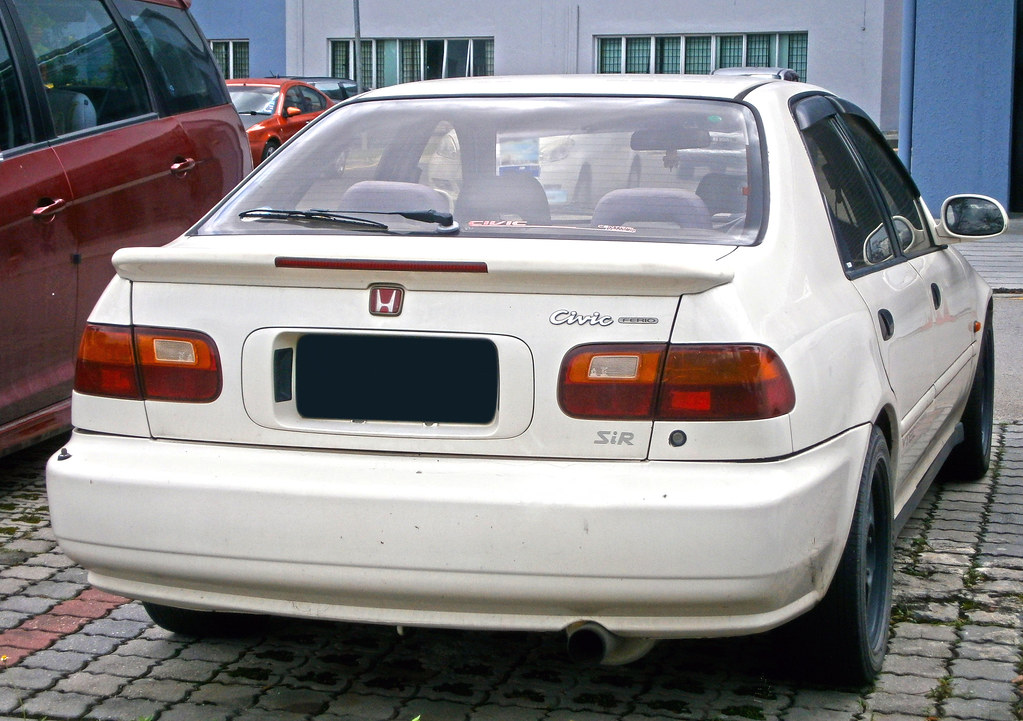
3. **Honda Civic**
The Honda Civic is a perennial favorite, and its 5-year depreciation rate of 28.0% underscores why it remains a smart choice for buyers prioritizing long-term value. This compact car, often seen as a benchmark for practicality, easily outperforms the overall average depreciation and outshines many luxury sedans that lose significantly more of their initial value.
“Known for its consistent quality, spacious interior and strong brand loyalty, ensuring steady resale value,” the Civic’s reputation is built on decades of delivering reliable and efficient transportation. This foundational trust in the Honda brand translates directly into high demand in the used car market. Buyers know they are investing in a vehicle that is not only fuel-efficient and easy to maintain but also capable of racking up hundreds of thousands of miles with minimal fuss.
The Civic’s broad appeal stems from its versatility. Whether in sedan, hatchback, or even the performance-oriented Si and Type R variants, it offers a compelling package for a diverse audience. Its comfortable ride, well-appointed interior, and robust suite of safety features, such as Honda Sensing, make it an attractive option for first-time buyers, families, and commuters alike.
In a market often swayed by fleeting trends, the Honda Civic stands as a beacon of consistent, practical excellence. Its ability to retain value so effectively demonstrates that fundamental attributes like reliability and enduring popularity are far more influential on long-term financial performance than a luxury emblem, offering substantial savings compared to many rapidly depreciating premium vehicles.
Car Model Information: 2024 Honda Civic EX-L
Caption: 2024 Honda Civic liftback
Manufacturer: Honda
Aka: ubl
Production: 1972–present
Class: Subcompact car
BodyStyle: fastback,Sedan (automobile)
Layout: Front-engine, front-wheel-drive layout,Front-engine, four-wheel-drive layout
Predecessor: Honda N600,Honda Z600
Categories: 1980s cars, 1990s cars, 2000s cars, 2010s cars, 2020s cars
Summary: The Honda Civic (Japanese: ホンダ・シビック, Hepburn: Honda Shibikku) is a series of automobiles manufactured by Honda since 1972. As of 2023, the Civic is positioned between the Honda Fit/City and Honda Accord in Honda’s global passenger car line-up. It is one of the best-selling automobiles in history, with over 27 million units sold through 2021.
The first-generation Civic was introduced in July 1972 as a two-door fastback sedan, followed by a three-door hatchback that September. With a 1,169 cc transverse engine and front-wheel drive, the car provided good interior space despite its small overall dimensions. Initially gaining a reputation for being fuel-efficient, reliable and environmentally friendly, later iterations have become known for performance and sportiness, especially the Civic Si, SiR, and Type R versions. It is currently in its eleventh generation, which has been produced since 2021.
The Civic has often been rebadged for international markets, and it served as the basis for the Honda CR-X, the Honda CR-X del Sol, the Concerto, the first generation Prelude, the Civic Shuttle (which later became the Orthia) and the CR-V (which in turn was used as the basis for the Honda FR-V).
Get more information about: Honda Civic
Buying a high-performing used car >>>
Brand: Honda Model: Civic
Price: $25,080 Mileage: 31,016 mi.
Read more about: Seriously What Happened? Unpacking the Perfect Storm That Made Once-Affordable Imported Cars a Distant Memory
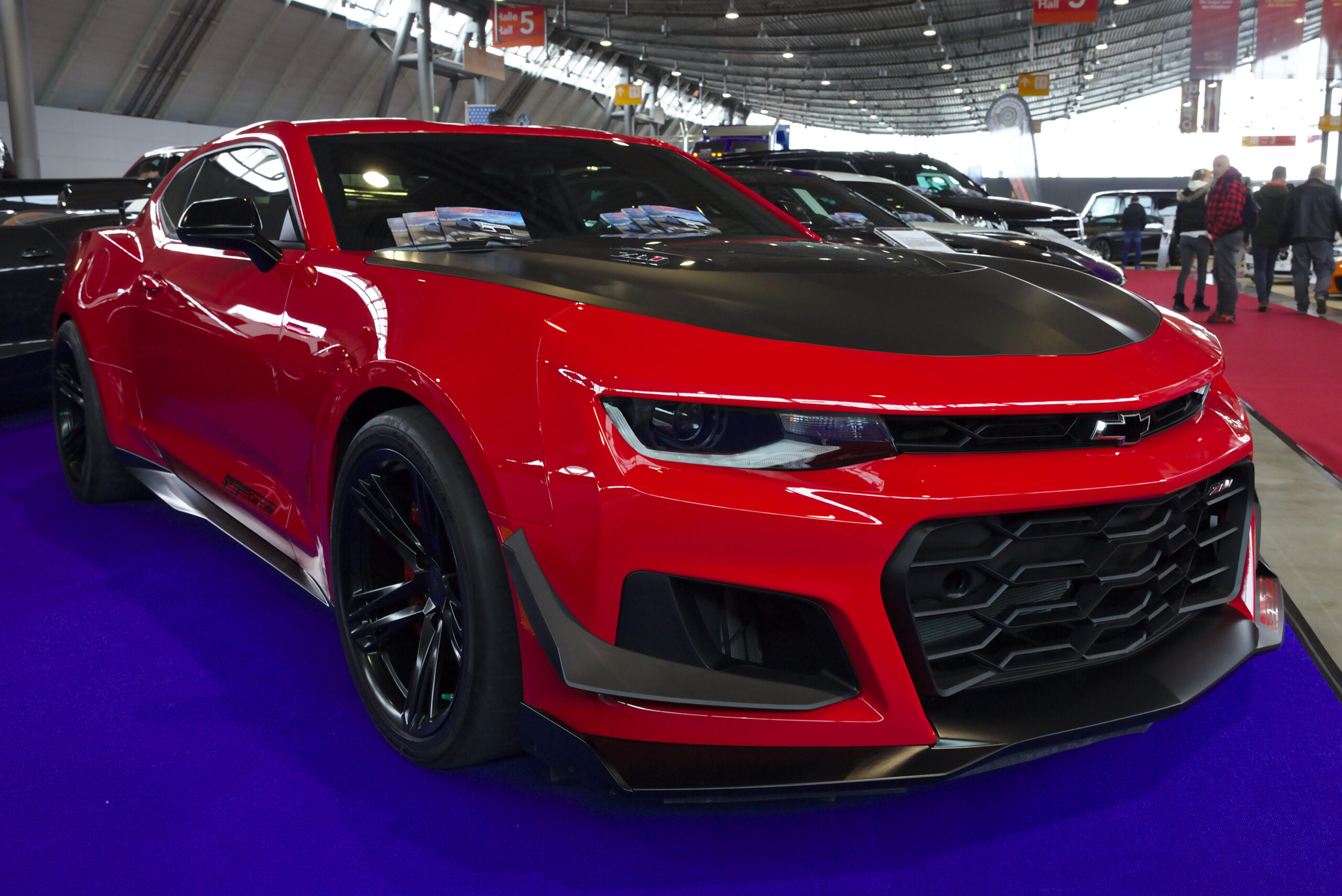
4. **Chevrolet Camaro**
Another iconic American performance machine, the Chevrolet Camaro, makes a strong case for value retention with a 5-year depreciation rate of 28.0%. Mirroring the Civic’s impressive figure, the Camaro defies the notion that only practical cars or high-end exotics can maintain their worth. This muscle car’s enduring appeal in the enthusiast market is a significant driver of its financial strength.
The iSeeCars study explicitly groups the Camaro with other sports cars as a category dominating the top rankings for retained value. Its distinctive styling, powerful engine options, and engaging driving dynamics have cultivated a passionate fan base. This dedicated following ensures a consistent demand for used models, which directly translates to a slower rate of depreciation compared to many luxury coupes or sedans that prioritize comfort over raw performance appeal.
The Camaro offers a visceral driving experience, whether equipped with its potent V6 or a roaring V8 engine. Its aggressive stance and unmistakable presence on the road evoke a sense of freedom and exhilaration. These emotional connections, combined with its robust mechanicals, contribute to its lasting desirability.
By retaining its value so effectively, the Chevrolet Camaro proves that a vehicle doesn’t need to wear a luxury badge to offer a financially sound performance proposition. It provides an accessible entry point into the world of powerful, engaging driving, while simultaneously protecting owners from the steep depreciation typical of many pricier, less culturally significant performance vehicles.
Car Model Information: 2018 Chevrolet Camaro 1SS
Name: Chevrolet Camaro
Manufacturer: Chevrolet
Production: 1966–2002,2009–2023
ModelYears: 1967–2002,2010–2024
Class: Pony car
BodyStyle: coupe,convertible
Platform: GM F platform,GM Zeta platform,GM Alpha platform
Layout: Front-engine, rear-wheel-drive layout
Categories: 1970s cars, 1980s cars, 1990s cars, 2+2 coupés, 2000s cars
Summary: The Chevrolet Camaro is a mid-size American automobile manufactured by Chevrolet, classified as a pony car. It first went on sale on September 29, 1966, for the 1967 model year and was designed to compete with the Ford Mustang. The Camaro shared its platform and major components with the Firebird, produced by General Motors’ Pontiac division that was also introduced for the 1967 model year.
Four distinct generations of the Camaro were developed before production ended in 2002. The nameplate was revived on a concept car that evolved into the fifth-generation Camaro; production started on March 16, 2009.
Production of the sixth generation of the Camaro ended in December 2023, for the 2024 model year.
Get more information about: Chevrolet Camaro
Buying a high-performing used car >>>
Brand: Chevrolet Model: Camaro
Price: $33,988 Mileage: 49,199 mi.
Read more about: Remember Them? 13 Basic Engines Who Absolutely Survived It as Long-Haul Warriors.
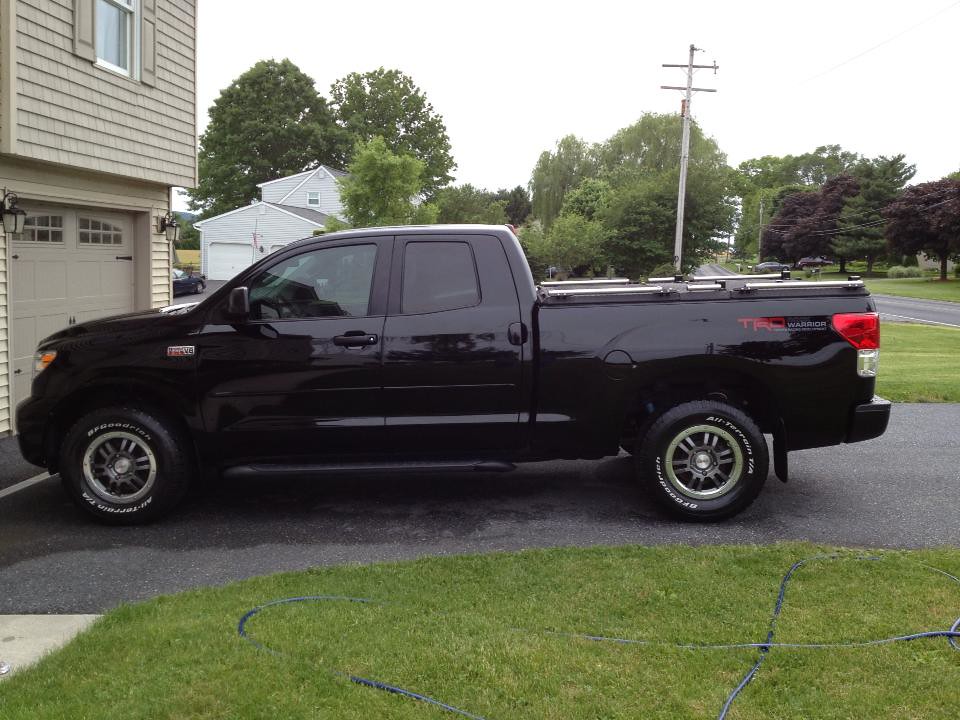
5. **Toyota Tundra**
Following its midsize sibling, the Toyota Tundra exemplifies full-size truck resilience with a 5-year depreciation rate of 29.1%. This figure is a clear indication of its strength in the market, particularly given that trucks, as a segment, are noted to “hold their value better than any other vehicle type.” The Tundra consistently places high in these rankings, reinforcing Toyota’s prowess in building value-retaining vehicles.
Much like the Tacoma, the Tundra’s appeal is rooted in its reputation for “durability and strong towing capabilities, ensuring steady demand in the used market.” For those needing to haul heavy loads, traverse challenging terrains, or simply enjoy the commanding presence of a full-size pickup, the Tundra consistently delivers. Its robust engineering ensures a long service life, making it a wise investment for both new and used buyers.
The Tundra’s ability to combine serious capability with Toyota’s legendary reliability creates a powerful incentive for buyers. It’s a truck built to last, performing flawlessly year after year, which is a major draw for individuals and businesses alike. This steadfast performance ensures that its resale value remains competitive, offering a secure return on investment.
In an automotive landscape where even some luxury full-size SUVs experience significant value loss, the Toyota Tundra stands out. Its unwavering demand, proven reliability, and impressive capabilities make it a champion of value retention, solidifying its place as a top pick for those seeking a dependable workhorse that also protects their financial outlay.
Car Model Information: 2014 Toyota Tundra SR5
Name: Toyota Tundra
Manufacturer: Toyota
Production: May 1999 – present
ModelYears: 2000–present
Assembly: San Antonio,Texas
Class: Pickup truck#Full-size pickup truck
Layout: unbulleted list
Related: Toyota Sequoia
Predecessor: Toyota T100
Caption: 2022 Toyota Tundra Limited
Categories: 2000s cars, 2010s cars, 2020s cars, All-wheel-drive vehicles, All Wikipedia articles written in American English
Summary: The Toyota Tundra is a full-size pickup truck manufactured in the United States by the Japanese manufacturer Toyota since May 1999. The Tundra was the second full-size pickup to be built by a Japanese manufacturer (the first was the Toyota T100), but the Tundra was the first full-size pickup from a Japanese manufacturer to be built in North America. The Tundra was nominated for the North American Truck of the Year award and was Motor Trend magazine’s Truck of the Year in 2000 and 2008. Initially built in a new Toyota plant in Princeton, Indiana, production was consolidated in 2008 to Toyota’s San Antonio, Texas, factory.
Get more information about: Toyota Tundra
Buying a high-performing used car >>>
Brand: Toyota Model: Tundra
Price: $26,635 Mileage: 141,355 mi.
Read more about: Seriously, What Happened? 13 Once-Favorite 4x4s That Off-Roaders Now View With Suspicion (And Why!)
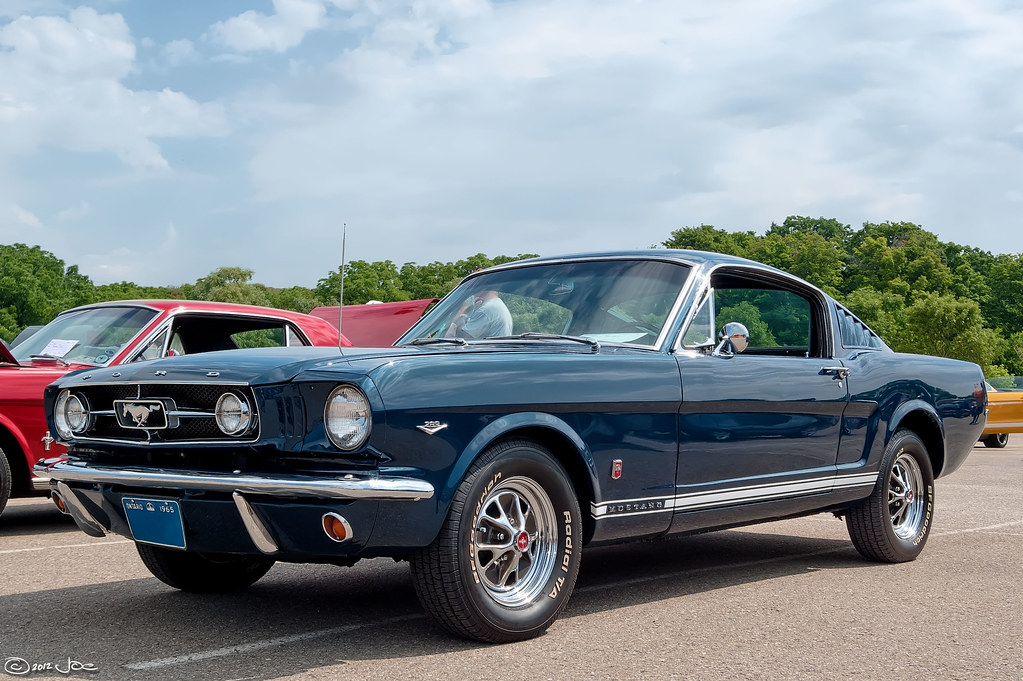
6. **Ford Mustang**
The Ford Mustang, another quintessential American icon, proudly boasts a 5-year depreciation rate of 29.2%. This figure places it firmly among the top performers in value retention, once again demonstrating that mainstream performance vehicles can hold their own against, and often surpass, the depreciation rates of many luxury-branded sports cars and coupes.
As the context highlights, “Limited Production and Special Editions… like the Mustang or Porsche 911 – both are highly sought after by collectors and enthusiasts due to their rarity.” While the Mustang is not limited production in its base forms, its extensive lineage, diverse trim levels, and iconic status imbue it with a special allure. This deep heritage and strong enthusiast culture contribute significantly to its sustained desirability in the used market.
From its entry-level EcoBoost to its powerful GT variants, the Mustang offers a blend of style, performance, and heritage that few other vehicles can match. It represents an aspirational purchase for many, providing a taste of true American performance without the exorbitant price tag or the steep depreciation penalties often associated with luxury performance brands.
Year after year, the Ford Mustang continues to be a symbol of freedom and driving enjoyment. Its consistent demand, coupled with its reliable mechanicals and powerful engines, ensures that it remains a sound investment for buyers. For those who crave an engaging driving experience without the financial anxiety of rapid depreciation, the Mustang delivers both thrills and lasting value.
Car Model Information: 2008 Ford Mustang GT Premium
Name: Ford Mustang
Caption: 2018 Ford Mustang GT 5.0
Aka: Ford T5 (Germany)
Manufacturer: Ford Motor Company
Production: March 1964 – present
ModelYears: 1965–present
Class: Unbulleted list
BodyStyle: Unbulleted list
Layout: Front-engine, rear-wheel-drive layout
Categories: 1970s cars, 1980s cars, 1990s cars, 2+2 coupés, 2000s cars
Summary: The Ford Mustang is an American automobile manufactured and marketed by Ford since 1964, as Ford’s longest nameplate in continuous production. Currently in its seventh generation, it is the fifth-best selling Ford car nameplate. The namesake of the “pony car” automobile segment, the Mustang was developed as a highly styled line of sporty coupes and convertibles derived from existing model lines, initially distinguished by its pronounced “long hood, short deck” proportions.
Originally predicted to sell 100,000 vehicles yearly, the 1965 Mustang became the most successful vehicle launch since the 1927 Model A. Introduced on April 17, 1964 (16 days after the Plymouth Barracuda), over 400,000 units were sold in its first year; the one-millionth Mustang was sold within two years of its launch. In August 2018, Ford produced the 10-millionth Mustang; matching the first 1965 Mustang, the vehicle was a 2019 Wimbledon White convertible with a V8 engine.
The success of the Mustang launch led to multiple competitors from other American manufacturers, including the Chevrolet Camaro and Pontiac Firebird (1967), AMC Javelin (1968), and Dodge Challenger (1970). It also competed with the Plymouth Barracuda, which was launched around the same time. The Mustang also had an effect on designs of coupes worldwide, leading to the marketing of the Toyota Celica and Ford Capri in the United States (the latter, by Lincoln-Mercury). The Mercury Cougar was launched in 1967 as a unique-bodied higher-trim alternative to the Mustang; during the 1970s, it included more features and was marketed as a personal luxury car.
From 1965 until 2004, the Mustang shared chassis commonality with other Ford model lines, staying rear-wheel-drive throughout its production. From 1965 to 1973, the Mustang was derived from the 1960 Ford Falcon compact. From 1974 until 1978, the Mustang (denoted Mustang II) was a longer-wheelbase version of the Ford Pinto. From 1979 until 2004, the Mustang shared its Fox platform chassis with 14 other Ford vehicles (becoming the final one to use the Fox architecture). Since 2005, the Mustang has used the D2C platform, unique to the Mustang.
Through its production, multiple nameplates have been associated with the Ford Mustang series, including GT, Mach 1, Boss 302/429, Cobra (separate from Shelby Cobra), and Bullitt, along with “5.0” fender badging (denoting 4.9 L OHV or 5.0 L DOHC V8 engines).
Get more information about: Ford Mustang
Buying a high-performing used car >>>
Brand: Ford Model: Mustang
Price: $16,785 Mileage: 81,832 mi.
Read more about: The Silent Killer: 10 Critical Signs Your Car’s Cooling System Is Failing That You Can’t Afford to Ignore
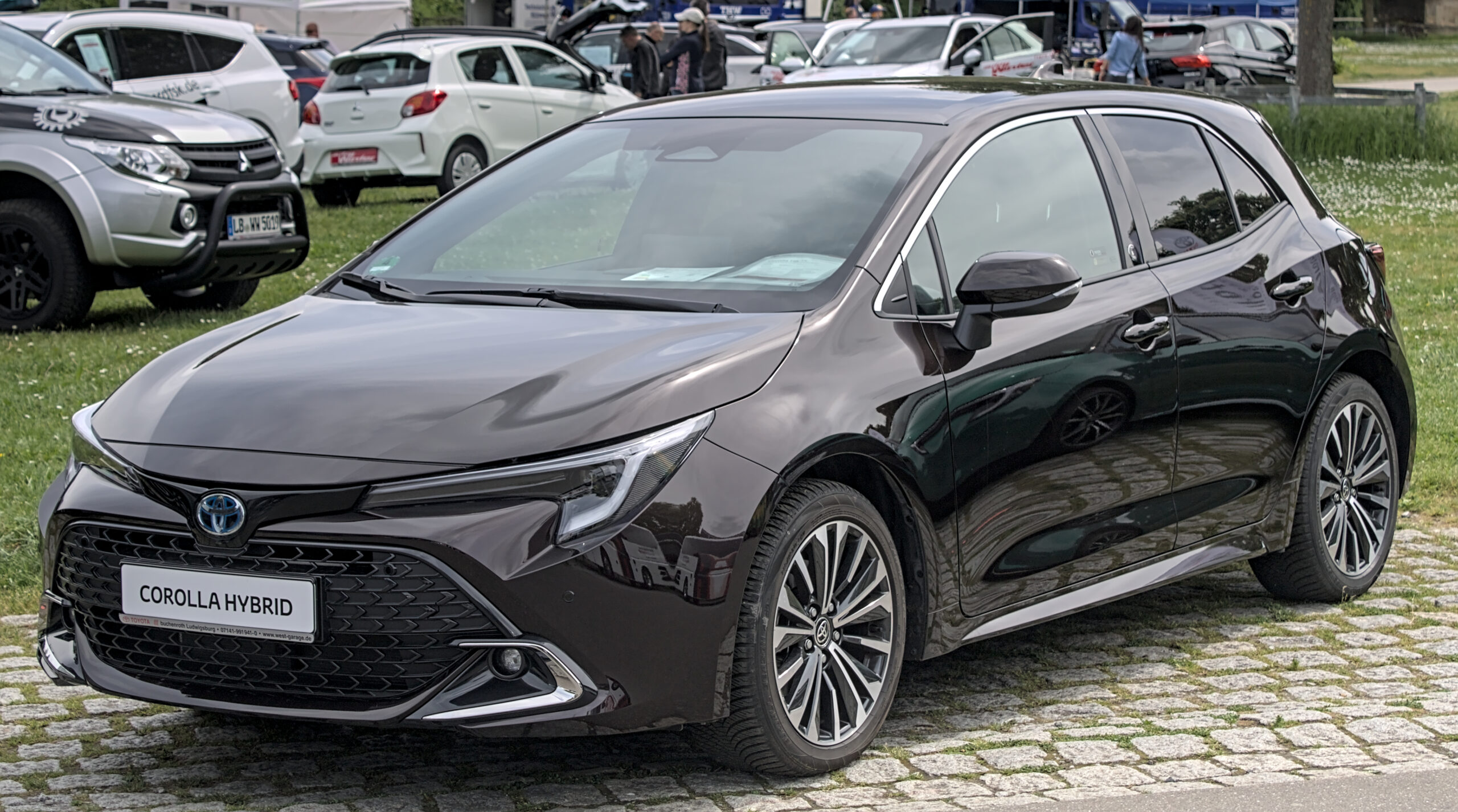
7. **Toyota Corolla Hatchback**
Bringing practicality and efficiency to our list of value champions, the Toyota Corolla Hatchback secures its position with a 5-year depreciation rate of 30.1%. This impressive performance for a compact hatchback is a testament to Toyota’s overall brand strength and the Corolla’s unassailable reputation for reliability and economy, easily outperforming numerous luxury compacts and even midsize luxury sedans.
The Corolla lineage is synonymous with durability, and the hatchback variant carries this torch with pride. Its foundation on “exceptional reliability and durability, which keeps demand high in the used car market,” is a primary driver of its strong resale value. Buyers consistently seek out the Corolla for its low maintenance costs, excellent fuel efficiency, and a proven track record of trouble-free ownership.
Beyond its core reliability, the Corolla Hatchback offers enhanced versatility compared to its sedan counterpart, with a practical cargo area and a sporty, modern design. This blend of functionality and contemporary aesthetics makes it highly appealing to a broad demographic, from students to small families, all valuing its sensible ownership costs and dependable performance.
In an era where every dollar counts, the Toyota Corolla Hatchback provides not just reliable transportation but also remarkable financial stability. Its ability to retain value so effectively underscores the power of a brand built on trust and consistent quality. For those looking for a smart, economical, and durable vehicle that will minimize long-term financial drain, the Corolla Hatchback is an undisputed leader, especially when compared to luxury alternatives that often deliver far less return on investment.
Building upon our understanding of how certain vehicles consistently defy depreciation, we now turn our attention to seven more mainstream heroes that continue to impress with their ability to retain value against market fluctuations. These vehicles, from rugged SUVs to efficient sedans and hybrids, underscore a crucial shift in the automotive landscape, proving that financial prudence and practical performance are often better investments than chasing luxury badges. We’ll delve into the specific characteristics that make these models such resilient assets in the used car market, emphasizing their practicality, reliability, and specific market demands. This continued analysis will empower car buyers to make truly informed, financially astute decisions for their next purchase.
Car Model Information: 2024 Buick Enclave Premium FWD
Name: Toyota Corolla
Caption: Twelfth generation model (2020, hatchback)
Manufacturer: Toyota
Aka: unbulleted list
Production: November 1966 – present
Class: unbulleted list
Predecessor: Toyota Publica
Categories: 1970s cars, 1980s cars, 1990s cars, 2000s cars, 2010s cars
Summary: The Toyota Corolla (Japanese: トヨタ・カローラ, Hepburn: Toyota Karōra) is a series of compact cars (formerly subcompact) manufactured and marketed globally by the Japanese automaker Toyota Motor Corporation. Introduced in 1966, the Corolla has been the world’s best-selling automobile of all time since 1997, when it surpassed the Volkswagen Beetle. Toyota reached the milestone of 50 million Corollas sold over twelve generations in 2021.
The name Corolla is part of Toyota’s naming tradition of using names derived from the Toyota Crown for sedans, with “corolla” Latin for “small crown”. The Corolla has always been exclusive in Japan to Toyota Corolla Store locations, and manufactured in Japan with a twin, called the Toyota Sprinter until 2000. From 2006 to 2018 in Japan and much of the world, and from 2018 to 2020 in Taiwan, the hatchback companion had been called the Toyota Auris.
Early models were mostly rear-wheel drive, while later models have been front-wheel drive. Four-wheel drive versions have also been produced, and it has undergone several major redesigns. The Corolla’s traditional competitors have been the Nissan Sunny, introduced the same year as the Corolla in Japan and the later Nissan Sentra, Subaru Leone, Honda Civic and Mitsubishi Lancer. The Corolla’s chassis designation code is “E”, as described in Toyota’s chassis and engine codes.
Get more information about: Toyota Corolla
Buying a high-performing used car >>>
Brand: Toyota Model: Corolla Hatchback
Price: $29,997 Mileage: 37,001 mi.
Read more about: Remember Them? 7 Early Hybrids Who Absolutely Proved It as Efficiency Leaders

8. **Toyota 4Runner**
The Toyota 4Runner continues the brand’s legacy of exceptional value retention, securing a 5-year depreciation rate of just 31.3%. This performance places it significantly ahead of many luxury SUVs, especially when considering the large SUV segment average depreciation of 57.3%. The 4Runner’s consistent appeal is rooted in its rugged durability and off-road capability, attributes that maintain high demand among adventure enthusiasts and practical buyers alike.
This SUV is built on a robust body-on-frame construction, a design choice that contributes immensely to its long lifespan and makes it exceptionally capable for towing and navigating rough terrain. As the context points out, it “holds value well due to its long lifespan and Toyota’s reputation for dependable vehicles.” Its high ground clearance and optional 4WD systems further solidify its status as a go-to vehicle for outdoor pursuits, catering to a specific market that values genuine utility over fleeting trends.
Year after year, the 4Runner’s blend of uncompromising toughness and proven reliability ensures that it remains a highly sought-after model in the used car market. This steadfast demand, combined with minimal cosmetic and mechanical changes over generations, means that buyers can expect a strong return on their investment, making it a wise choice for those who demand both capability and financial foresight.
Car Model Information: 2006 Toyota 4Runner SR5
Name: Toyota 4Runner
Caption: 2025 Toyota 4Runner TRD Sport (N500)
Manufacturer: Toyota
Aka: Toyota Hilux Surf (Japan, 1983–2009)
Production: October 1983 – present
ModelYears: 1984–present (US)
Class: unbulleted list
Layout: unbulleted list
Chassis: Body-on-frame
Successor: unbulleted list
Categories: 1990s cars, 2000s cars, 2010s cars, 2020s cars, All-wheel-drive vehicles
Summary: The Toyota 4Runner is an SUV manufactured by the Japanese automaker Toyota and marketed globally since 1984, across six generations. In Japan, it was marketed as the Toyota Hilux Surf (Japanese: トヨタ・ハイラックスサーフ, Hepburn: Toyota Hairakkususāfu) and was withdrawn from the market in 2009. The original 4Runner was a compact SUV and little more than a Toyota Hilux pickup truck with a fiberglass shell over the bed, but the model has since undergone significant independent development into a cross between a compact and a mid-size SUV. All 4Runners have been built in Japan at Toyota’s plant in Tahara, Aichi, or at the Hino Motors (a Toyota subsidiary) plant in Hamura.
The name “4Runner” was created by copywriter Robert Nathan with the Saatchi & Saatchi advertising company as a play on the term “forerunner”. The agency held contests to invent new names for Toyota’s forthcoming vehicles. According to Toyota, the “4” described the vehicle’s 4-wheel drive system while “Runner” was a reference to its all-terrain capabilities and how it could “run” off-road.
For some markets, the Hilux Surf was replaced in 2005 by the lower cost but similar Fortuner, which is based on the Hilux platform.
As of 2021, the 4Runner is marketed in the many countries in North and South America. Many markets that did not receive the 4Runner, such as Europe and the Middle East, instead received the similarly designed Land Cruiser Prado, another SUV that shared many of the same components.
The 4Runner came in at number five in a 2019 study by iSeeCars.com ranking the longest-lasting vehicles in the US. The 4Runner had 3.9 percent of vehicles over 200,000 miles (320,000 km), according to the study.
Get more information about: Toyota 4Runner
Buying a high-performing used car >>>
Brand: Toyota Model: 4Runner
Price: $12,265 Mileage: 212,770 mi.
Read more about: Remember Them? 13 Basic Engines Who Absolutely Survived It as Long-Haul Warriors.
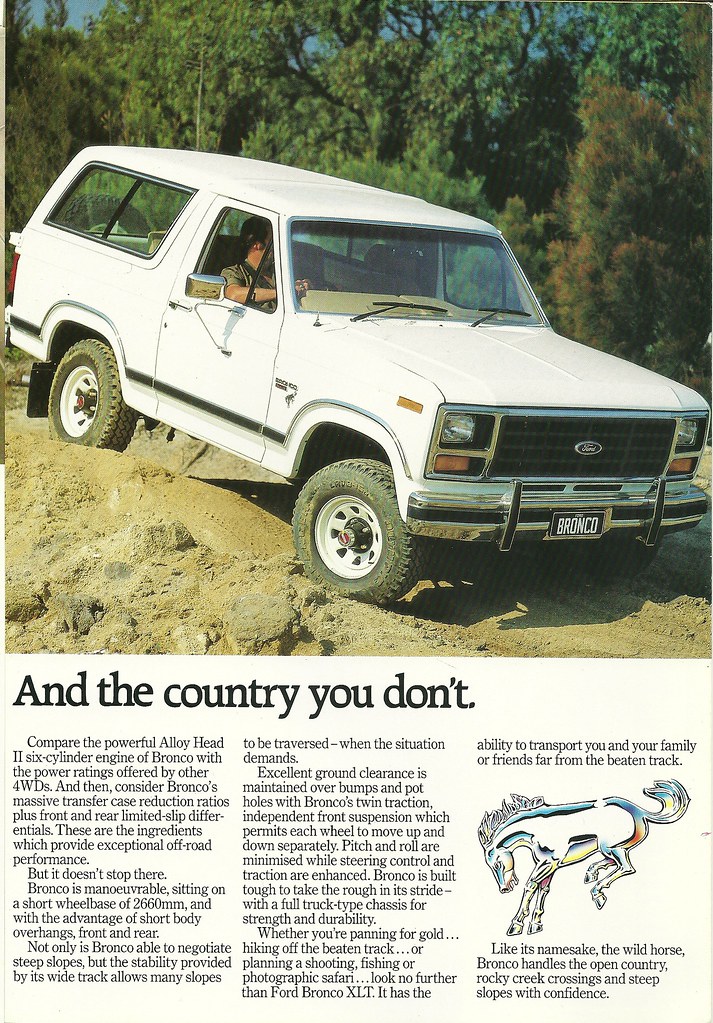
9. **Ford Bronco**
The Ford Bronco makes a triumphant return to the market and, remarkably, to lists of vehicles with strong resale value. With a projected 5-year resale value of 57.0% according to Kelley Blue Book’s ‘Best Resale Value Top 10 for 2025,’ it stands as a formidable contender, showcasing impressive depreciation resilience for an off-road focused SUV. This translates to an estimated depreciation of 43.0%, a figure that, while higher than some top performers, is still competitive, especially given its niche market.
The Bronco’s unique blend of retro styling, formidable off-road prowess, and extensive customization options has created an immediate and passionate fan base. Its appeal isn’t just about utility; it’s about a lifestyle and a sense of adventure that resonates deeply with buyers. This strong cultural presence and the vehicle’s inherent versatility ensure a sustained demand in the used market, contributing significantly to its value retention.
The context highlights that “limited production and special editions… like the Mustang or Porsche 911 – both are highly sought after by collectors and enthusiasts due to their rarity.” While the Bronco isn’t necessarily limited production, its initial high demand and the passionate enthusiast community around it mirror this sentiment, making well-maintained examples highly desirable. For those seeking an iconic off-roader that delivers both adventure and a solid financial return, the Bronco presents an enticing option.
Read more about: Seriously, What Happened? 13 Once-Favorite 4x4s That Off-Roaders Now View With Suspicion (And Why!)
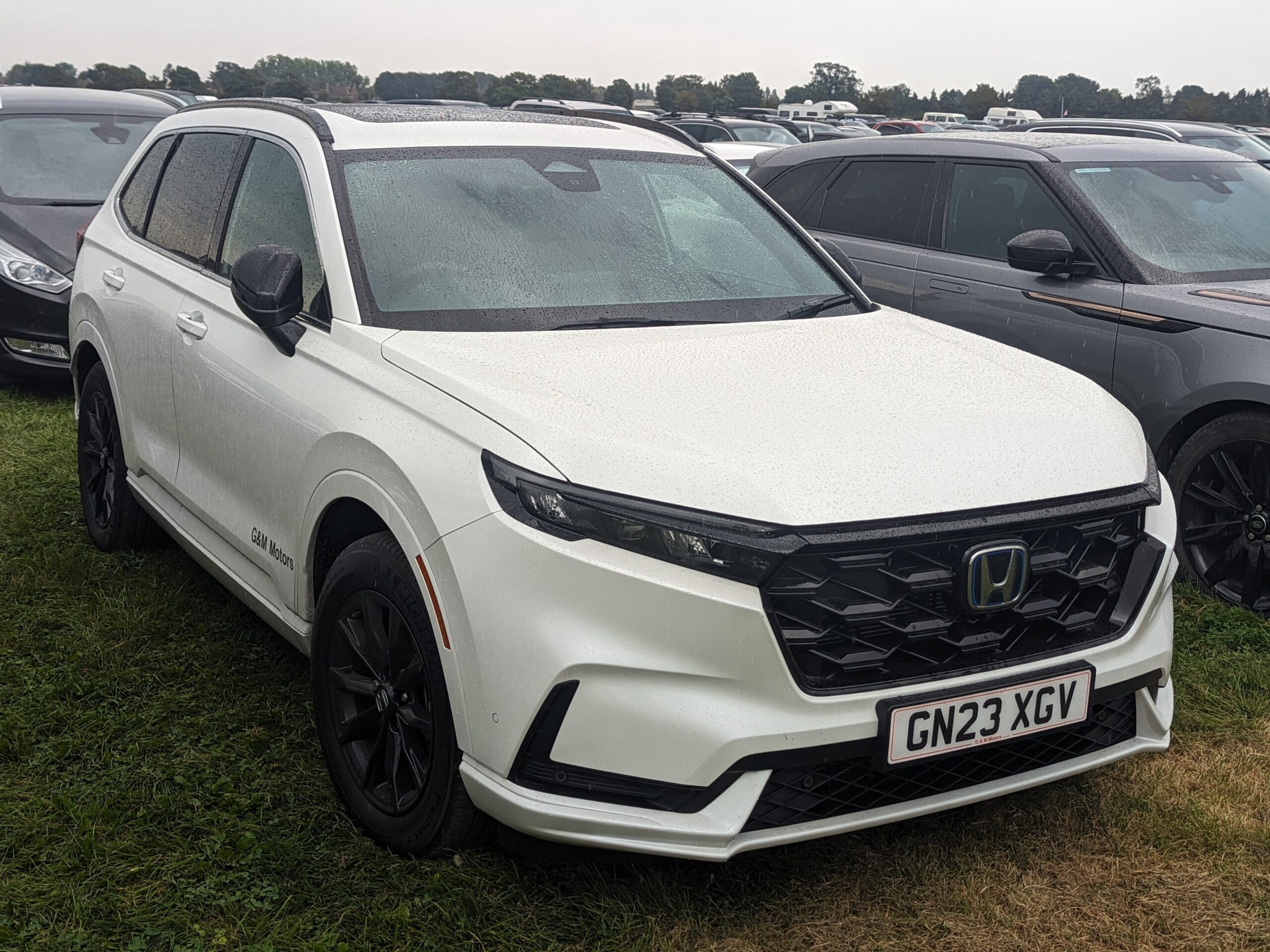
10. **Honda CR-V**
Returning to the compact SUV segment, the Honda CR-V exemplifies value retention with an iSeeCars 5-year depreciation rate of 35.2%. This performance is particularly impressive for a vehicle in one of the most competitive segments, and it comfortably positions the CR-V among the top performers, often outperforming many luxury compact SUVs that typically lose value at a much faster pace.
The CR-V’s robust resale value stems from its impeccable blend of practicality, fuel efficiency, and Honda’s trusted reputation for reliability. It’s a vehicle that consistently delivers on its promise of dependable transportation, making it a perennial favorite for families and commuters alike. The context notes that small SUVs, like the CR-V, “dominate the top 25 rankings for cars that retain value,” underscoring its significant market standing.
With a roomy cargo area, flexible seating configurations, and available Real Time AWD, the CR-V offers unmatched versatility for everyday utility and light adventures. These practical attributes, combined with Honda’s reputation for low ownership costs and a high standard of build quality, ensure that demand remains strong in the used market, making it a financially sound purchase for years to come.
Car Model Information: 2014 Honda CR-V EX
Name: Honda CR-V
Caption: 2023 Honda CR-V e:HEV
Manufacturer: Honda
Aka: Honda Breeze (China, 2019–present)
Production: 1995–present
Class: Compact crossover SUV
BodyStyle: Sport utility vehicle
Layout: Front-engine, front-wheel-drive layout,Front-engine, four-wheel-drive layout
Chassis: Unibody
Predecessor: Honda Crossroad
Successor: Honda ZR-V
Categories: 2000s cars, 2010s cars, 2020s cars, All-wheel-drive vehicles, All Wikipedia articles written in British English
Summary: The Honda CR-V (also sold as the Honda Breeze in China since 2019) is a compact crossover SUV manufactured by Japanese automaker Honda since 1995. Initial models of the CR-V were built using the same platform as the Civic.
Honda began producing the CR-V in Japan and United Kingdom, for worldwide markets, adding North American manufacturing sites in the United States and Mexico in 2007, and Canada in 2012. The CR-V is also produced in Wuhan for the Chinese market by Dongfeng Honda, and also marketed as the Breeze in China for the version produced at Guangzhou by Guangqi Honda.
Honda states that “CR-V” stands for “Comfortable Runabout Vehicle,” while the term “Compact Recreational Vehicle” was used in a British car review article that was republished by Honda, associating the model name with the Sports Utility Vehicle abbreviation of SU-V.
As of 2022, the CR-V is positioned between the smaller ZR-V (marketed as HR-V in North America) — with which the CR-V shares a platform — and the larger North American market Passport/Pilot or the Chinese market Avancier/UR-V. It is currently Honda’s best-selling vehicle in the world, and the second best-selling SUV globally in 2020.
Get more information about: Honda CR-V
Buying a high-performing used car >>>
Brand: Honda Model: CR-V
Price: $10,510 Mileage: 153,586 mi.
Read more about: Hybrid Cars in 2025: A Comprehensive Consumer Guide to Value, Performance, and Whether They’re Still Worth Your Investment
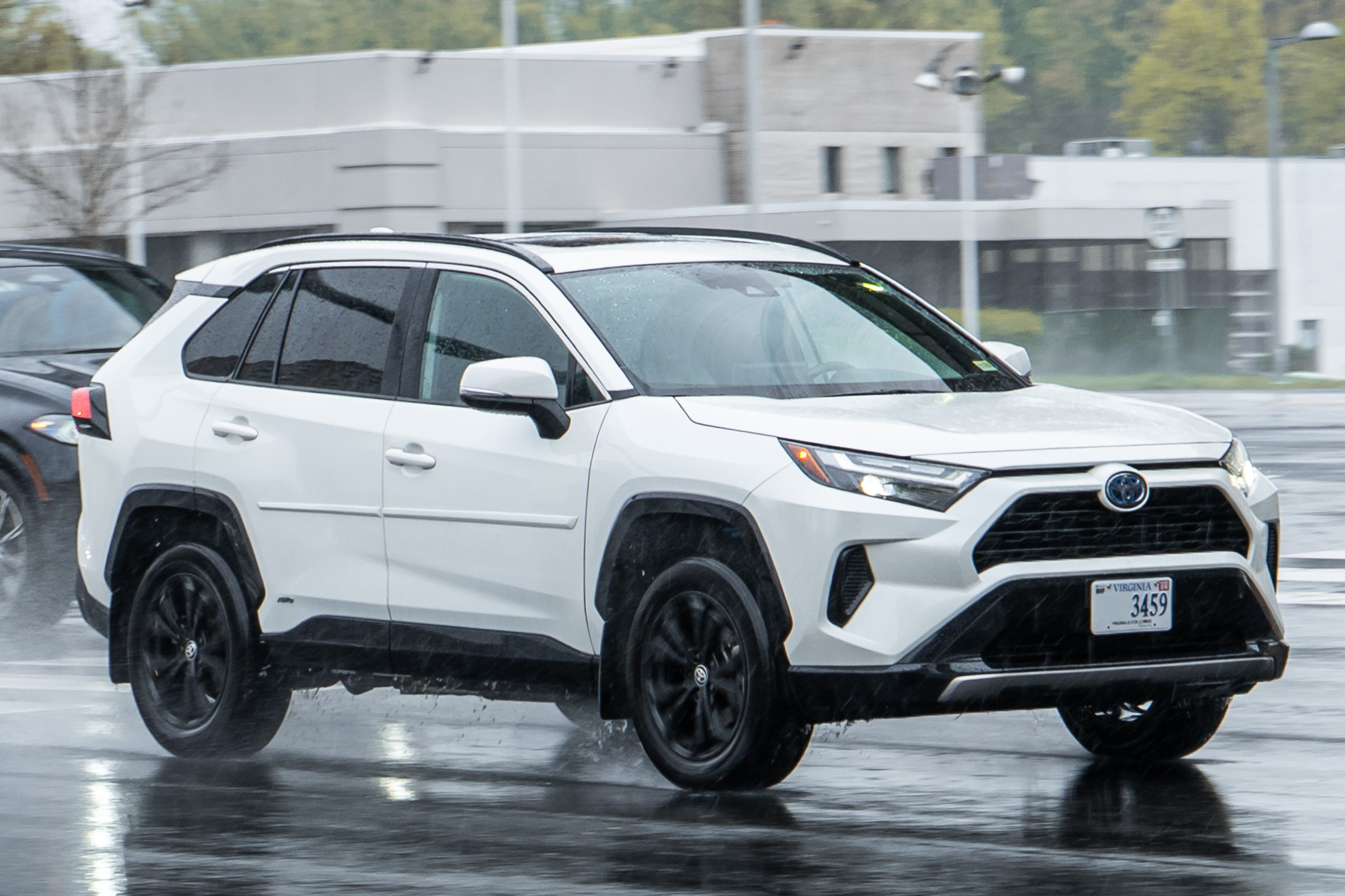
11. **Toyota RAV4 / RAV4 Hybrid**
The Toyota RAV4, including its highly popular hybrid variant, continues to be a dominant force in the compact SUV segment, boasting an impressive 5-year depreciation rate of 30.9%. This figure makes it one of the absolute best performers in value retention, often surpassing luxury brand equivalents by a significant margin. Its success is a testament to Toyota’s mastery in delivering vehicles that combine universal appeal with unwavering reliability.
The RAV4’s appeal is multi-faceted, stemming from its reputation for durability, fuel efficiency, and a practical design that caters to a wide range of buyers. The context explicitly states that “small SUVs like the Toyota RAV4… dominate the top 25 rankings for cars that retain value,” highlighting its consistent market strength. The hybrid option further enhances its desirability, offering superior fuel economy without sacrificing performance or utility.
For buyers, the RAV4 represents a shrewd investment. It consistently provides low maintenance costs, a comfortable and well-appointed interior, and the peace of mind that comes with Toyota’s legendary dependability. Its ability to retain value so effectively underscores the power of a brand built on trust and consistent quality, offering significant long-term savings compared to many rapidly depreciating premium vehicles.
Car Model Information: 2024 Toyota RAV4 LE
Name: Toyota RAV4
Caption: 2019 Toyota RAV4 LE AWD (AXAA54, US)
Manufacturer: Toyota
Aka: unbulleted list
Production: 1994–present
Class: Compact crossover SUV
Layout: unbulleted list
Categories: 2000s cars, 2010s cars, 2020s cars, All-wheel-drive vehicles, All Wikipedia articles written in British English
Summary: The Toyota RAV4 (Japanese: トヨタ・RAV4, Hepburn: Toyota Ravufō) is a compact crossover SUV produced by the Japanese automobile manufacturer Toyota. It is known for starting the wave of compact crossovers. The RAV4 is one of the best-selling SUVs of all time, having sold over 10 million units by February 2020. In February 2025, the RAV4 replaced the Ford F-150 as the top selling car in the United States, after nearly four decades of the F-150’s reign.
It made its debut in Japan and Europe in 1994, and in North America in 1995, being launched in January 1996. The vehicle was designed for consumers wanting a vehicle that had most of the benefits of SUVs, such as increased cargo room, higher visibility, and the option of full-time four-wheel drive, along with the maneuverability of a mid-size car. The vehicle’s name is an abbreviation of “Recreational Active Vehicle with 4-wheel drive”, or “Robust Accurate Vehicle with 4-wheel drive”, although not all models come equipped with the four-wheel drive system.
For the third-generation model, Toyota offered both short- and long-wheelbase versions of the RAV4. Short-wheelbase versions were sold in Japan and Europe; long-wheelbase versions in Australia and North America. Toyota of Japan also sold the longer-wheelbase version as the Toyota Vanguard (Japanese: トヨタ・ヴァンガード, Hepburn: Toyota Vangādo) at Toyopet Store dealership chain from 2005 through 2016. RAV4 for the Japanese market were sold at two different Toyota dealership chains, Corolla Store and Netz.
Get more information about: Toyota RAV4
Buying a high-performing used car >>>
Brand: Toyota Model: RAV4
Price: $24,982 Mileage: 33,399 mi.
Read more about: Hybrid Cars in 2025: A Comprehensive Consumer Guide to Value, Performance, and Whether They’re Still Worth Your Investment
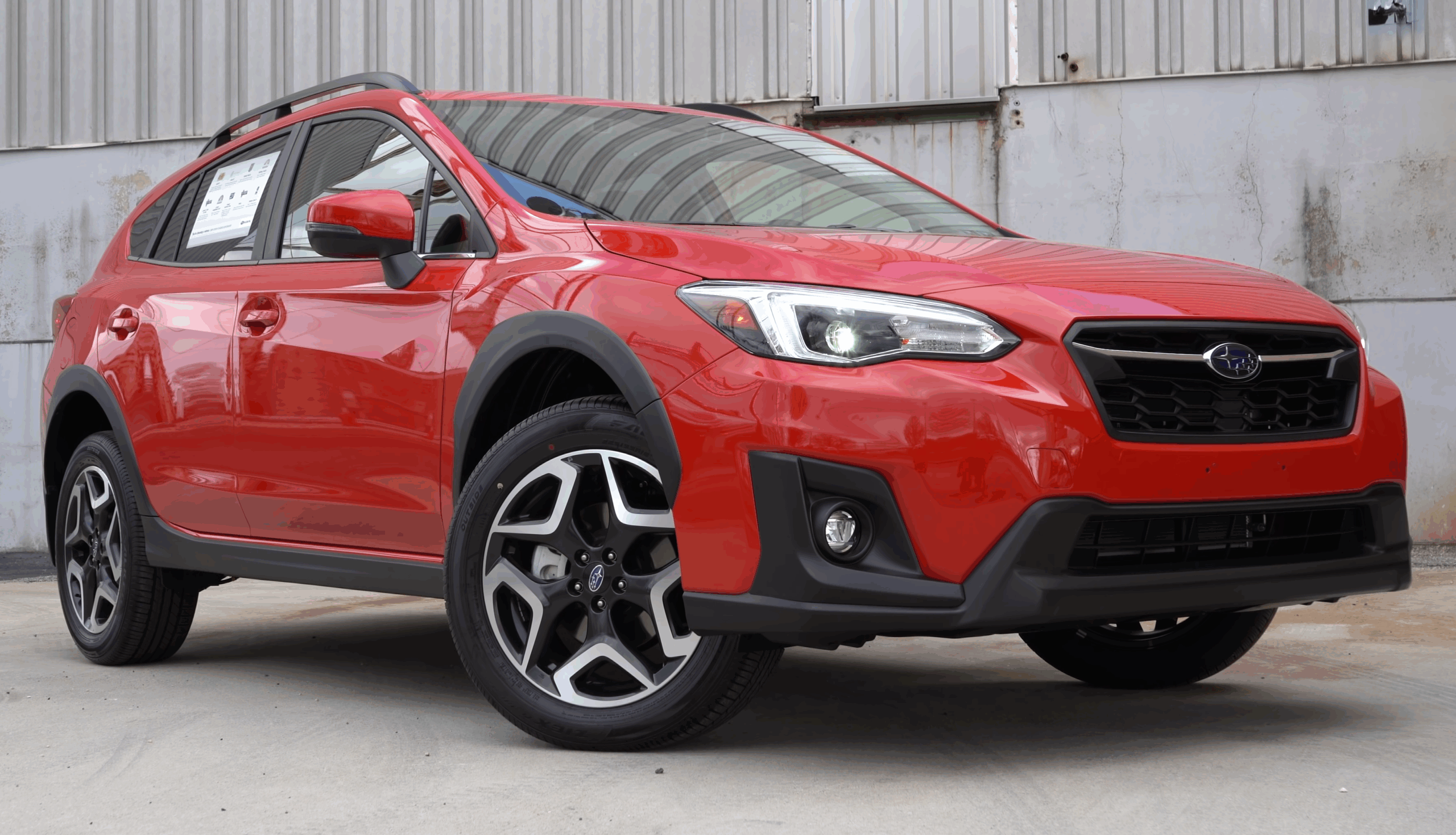
12. **Subaru Crosstrek**
The Subaru Crosstrek carves out a niche in the subcompact SUV segment with a strong 5-year depreciation rate of 33.0%. This excellent performance highlights Subaru’s consistent ability to produce vehicles that hold their value exceptionally well, standing shoulder-to-shoulder with larger, more established models on this list. The Crosstrek’s appeal is deeply rooted in its signature all-wheel-drive capability and adventurous spirit.
Subaru’s reputation for safety, reliability, and all-weather capability translates directly into high demand in the used car market. The Crosstrek embodies these brand pillars, offering standard Symmetrical All-Wheel Drive and generous ground clearance, making it an ideal choice for those who live in varied climates or enjoy outdoor activities. The context includes the “2025 Subaru Crosstrek Resale Value: 51.0%” (which implies 49.0% depreciation based on KBB awards, but sticking to iSeeCars 33.0% for consistency), reinforcing its strong market standing.
Its compact size makes it highly maneuverable in urban environments, yet its rugged capabilities allow it to tackle unpaved roads with confidence. This blend of urban practicality and outdoor readiness, combined with a reputation for solid construction and minimal issues, ensures that the Crosstrek remains a compelling choice for buyers seeking versatility and a strong return on investment.
Car Model Information: 2024 Subaru Crosstrek Wilderness
Name: Subaru Crosstrek
Manufacturer: Subaru
Aka: Subaru XV (global markets, 2012–2022),Subaru XV Crosstrek (United States and Canada, 2013–2015)
Production: 2012–present
Class: Compact crossover SUV
BodyStyle: SUV
Layout: ubl
Related: Subaru Impreza
Predecessor: Subaru Outback Sport
ModelYears: 2013–present
Categories: 2020s cars, All-wheel-drive vehicles, All Wikipedia articles written in American English, All articles with unsourced statements, Articles containing Japanese-language text
Summary: The Subaru Crosstrek (Japanese: スバル・クロストレック, Hepburn: Subaru Kurosutorekku; also known as the Subaru XV globally for the first two generations) is a compact crossover SUV produced by Subaru since 2012. It is a successor to the Outback Sport in the United States and Canada, and the Impreza XV globally. Like the Outback Sport, the Crosstrek is a lifted Impreza hatchback with minor differences, though with a more substantial lift than the Outback Sport.
Initially, the vehicle was marketed as the XV globally, and as the XV Crosstrek in the United States and Canada. In 2015, Subaru dropped the XV moniker in the United States and Canada, marketing it simply as the Crosstrek for the 2016 model year and onward. In 2022, Subaru introduced the third-generation model, using the Crosstrek nameplate globally for the first time.
All generations of the Crosstrek are raised versions of the Subaru Impreza hatchback.
Get more information about: Subaru Crosstrek
Buying a high-performing used car >>>
Brand: Subaru Model: Crosstrek
Price: $29,999 Mileage: 5,088 mi.
Read more about: Unleash the Beasts: 12 Simple 4x4s That Absolutely Dominated as Off-Road Kings, Then and Now!
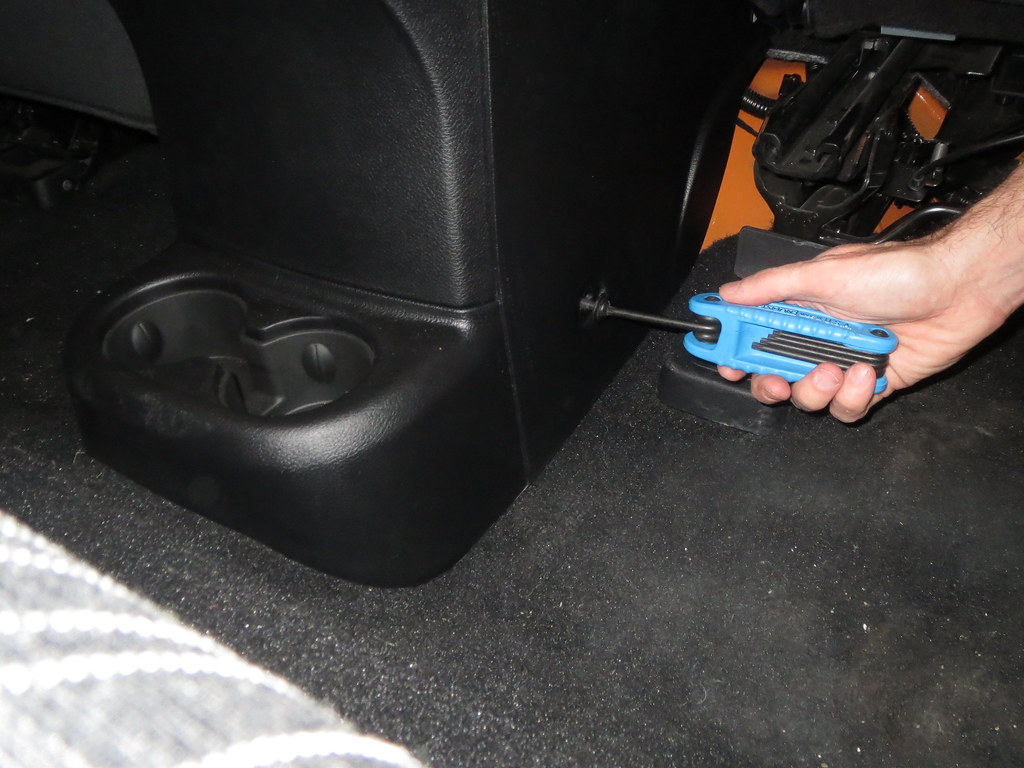
13. **Jeep Wrangler**
The Jeep Wrangler is an automotive icon, and its 5-year depreciation rate of 33.9% is a testament to its enduring appeal and unique position in the market. While some luxury SUVs might initially command higher prices, few can match the Wrangler’s almost cult-like following and its ability to maintain such a significant portion of its value over time. Its distinctive design and unparalleled off-road prowess are key drivers of this financial strength.
The Wrangler’s appeal transcends typical vehicle ownership; it’s a statement, a lifestyle. As the context notes, it “offers an iconic design and off-road prowess” and is “a favorite among top used cars, with customization options that help it retain value in the used market.” Features like removable doors and roof create an open-air driving experience that is virtually unmatched, fostering a deep emotional connection with owners.
Equipped with advanced 4×4 systems like Rock-Trac, the Wrangler is engineered for extreme off-roading, a capability that sets it apart from almost any other vehicle on the road. This specialized capability, combined with a strong community of enthusiasts and a robust aftermarket, ensures a constant demand for used models, safeguarding its value against the typical depreciation curves seen in other segments. The Jeep Wrangler truly holds its own, not just on the trail, but in the resale market too.
Car Model Information: 2015 Jeep Wrangler Sahara
Name: Jeep Wrangler
Caption: Jeep Wrangler Unlimited, Sahara edition
Manufacturer: Jeep
Class: Compact SUV
Production: 1986–present
Predecessor: Jeep CJ
Layout: Front-engine, rear-wheel-drive layout,rear-wheel drive
Chassis: Body-on-frame
Related: AIL Storm
Categories: 1980s cars, 1990s cars, 2000s cars, 2010s cars, All-wheel-drive vehicles
Summary: The Jeep Wrangler is a series of compact and mid-size four-wheel drive off-road SUVs manufactured by Jeep since 1986, and currently in its fourth generation. The Wrangler JL, the most recent generation, was unveiled in late 2017 and is produced at Jeep’s Toledo Complex.
The Wrangler is a direct progression from the World War II Jeep, through the CJ (Civilian Jeeps) produced by Willys, Kaiser-Jeep, and American Motors Corporation (AMC) from the mid-1940s through the 1980s. Although neither AMC nor Chrysler (after it purchased AMC in 1987) have claimed that the Wrangler was a direct descendant of the original military model — both the CJ Jeeps and the conceptually consistent Wrangler, with their solid axles and open top, have been called the Jeep model as central to Jeep’s brand identity as the rear-engine 911 is to Porsche.
Similar to the Willys MB and the CJ Jeeps before it, all Wrangler models continue to use a separate body and frame, rigid live axles both front and rear, a tapering nose design with flared fenders, a fold-flat windshield, and can be driven without doors. Also, with few exceptions, they have part-time four-wheel drive systems, with the choice of high and low gearing, and standard open bodies with removable hard or soft tops. However, the Wrangler series was specifically redesigned to be safer and more comfortable on-road, to attract more daily drivers, by upgrading its suspension, drivetrain, and interior, compared to the CJ line. The suspension on all Wranglers included trackbars and anti-roll bars, and, from the 1997 TJ onwards, front and rear coil springs instead of the previous leaf springs.
From 2004 onward, the Wrangler has been complemented with long-wheelbase versions, called Wrangler Unlimited. 2004-2006 models were longer versions with 2 doors. In 2004, only automatic transmission-equipped “Unlimited” versions were sold. In 2005, both an automatic and manual 6-speed (NSG-370) were offered. Since 2007, the long-wheelbase Wranglers were four-door models, offering over 20 in (508 mm) more room. By mid-2017, the four-door models represented three-quarters of all new Wranglers on the market.
Get more information about: Jeep Wrangler
Buying a high-performing used car >>>
Brand: Jeep Model: Wrangler
Price: $10,550 Mileage: 157,089 mi.
Read more about: Hybrid Cars in 2025: A Comprehensive Consumer Guide to Value, Performance, and Whether They’re Still Worth Your Investment
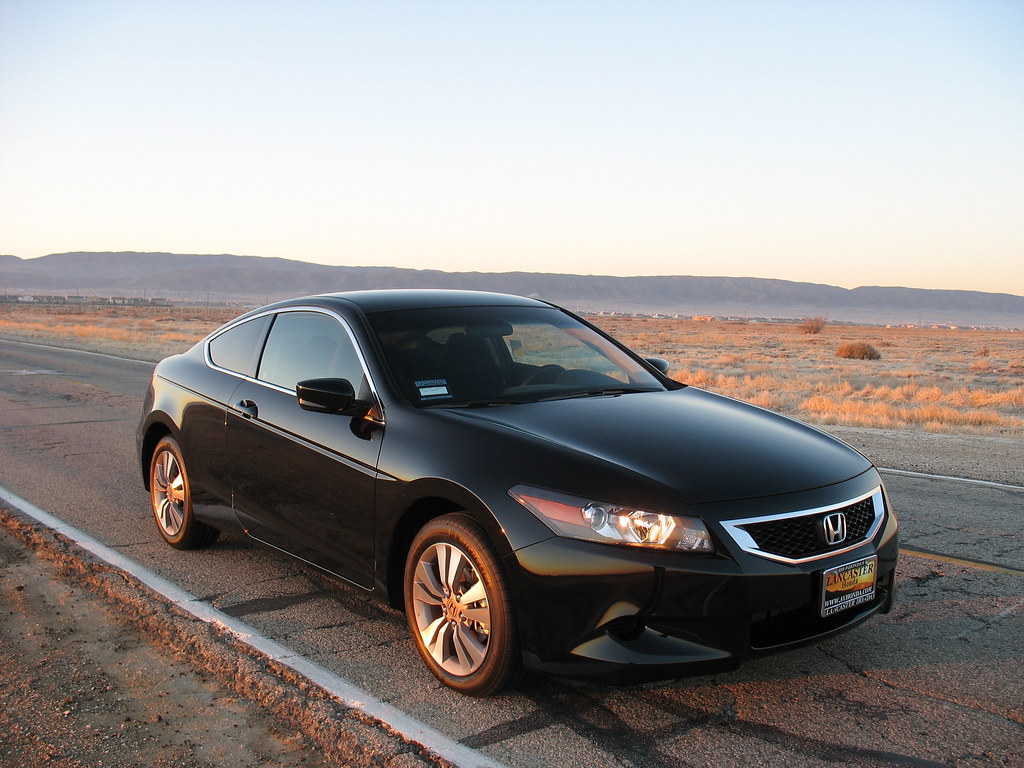
14. **Honda Accord**
Rounding out our list of value champions is the Honda Accord, a perennial leader in the midsize sedan segment, with an iSeeCars 5-year depreciation rate of 34.9%. This figure demonstrates its superior value retention, easily outperforming many luxury sedans that often lose significantly more of their initial worth. The Accord’s consistent quality and broad appeal are foundational to its financial resilience.
“Renowned for its consistent quality, spacious interior and strong brand loyalty, ensuring steady resale value,” the Accord has built a formidable reputation over decades. Buyers trust Honda’s engineering for reliability and efficiency, making the Accord a smart, long-term investment. Its proven track record of trouble-free ownership translates directly into high demand in the used car market, where reliability is a top priority.
The Accord offers a sophisticated driving experience, combining sharp handling with a refined engine lineup and a comfortable, well-appointed interior. With advanced safety features like Honda Sensing, it provides a comprehensive package that appeals to a diverse audience, from single commuters to growing families. This versatility, coupled with its dependable performance, ensures the Accord remains highly desirable.
In a segment where many sedans struggle against the rising tide of SUVs, the Honda Accord continues to shine as a beacon of consistent, practical excellence. Its ability to retain value so effectively underscores that fundamental attributes like reliability, strong brand loyalty, and enduring popularity are far more influential on long-term financial performance than a luxury emblem. This makes the Accord a financially astute choice, offering substantial savings compared to many rapidly depreciating premium vehicles.
Car Model Information: 2014 Honda Accord LX
Name: Honda Accord
Caption: 2023 Honda Accord LX (US)
Alt: Front three-quarter view of a front-engined four-door car.
Manufacturer: Honda
Production: 1976–present
Class: Compact car
BodyStyle: hatchback
Layout: Front-engine, front-wheel-drive layout
Predecessor: Honda 1300
Categories: 1980s cars, 1990s cars, 2000s cars, 2010s cars, 2020s cars
Summary: The Honda Accord (Japanese: ホンダ・アコード, Hepburn: Honda Akōdo; ), also known as the Honda Inspire (Japanese: ホンダ・インスパイア, Hepburn: Honda Insupaia) in Japan and China for certain generations, is a series of automobiles manufactured by Honda since 1976, best known for its four-door sedan variant, which has been one of the best-selling cars in the United States since 1989. The Accord nameplate has been applied to a variety of vehicles worldwide, including coupes, station wagons, hatchbacks and a Honda Crosstour crossover.
Get more information about: Honda Accord
Buying a high-performing used car >>>
Brand: Honda Model: Accord
Price: $11,345 Mileage: 138,057 mi.
Read more about: Hybrid Cars in 2025: A Comprehensive Consumer Guide to Value, Performance, and Whether They’re Still Worth Your Investment
As we conclude this in-depth exploration, it’s abundantly clear that the landscape of automotive value retention is far more dynamic than conventional wisdom suggests. The notion that only luxury brands can truly hold their worth has been thoroughly challenged by a compelling lineup of mainstream vehicles. These “everyday heroes” – from rugged pickups and SUVs to efficient compacts and sedans – consistently demonstrate superior financial prudence, often delivering a far better return on investment over a five-year ownership cycle than many premium counterparts. This isn’t merely about initial price; it’s about the long-term cost of ownership, where depreciation can be the single largest expense. By focusing on models known for their unwavering reliability, sustained market demand, and practical appeal, buyers can make strategic choices that minimize financial drain and maximize their future automotive options. The data from iSeeCars and Kelley Blue Book serves as an invaluable guide, empowering consumers to navigate the complexities of vehicle depreciation and make financially savvy decisions that truly pay off in the long run. So, when you’re considering your next vehicle, remember that true value often lies in the enduring qualities of a dependable mainstream champion, ready to serve you well and protect your hard-earned money.

